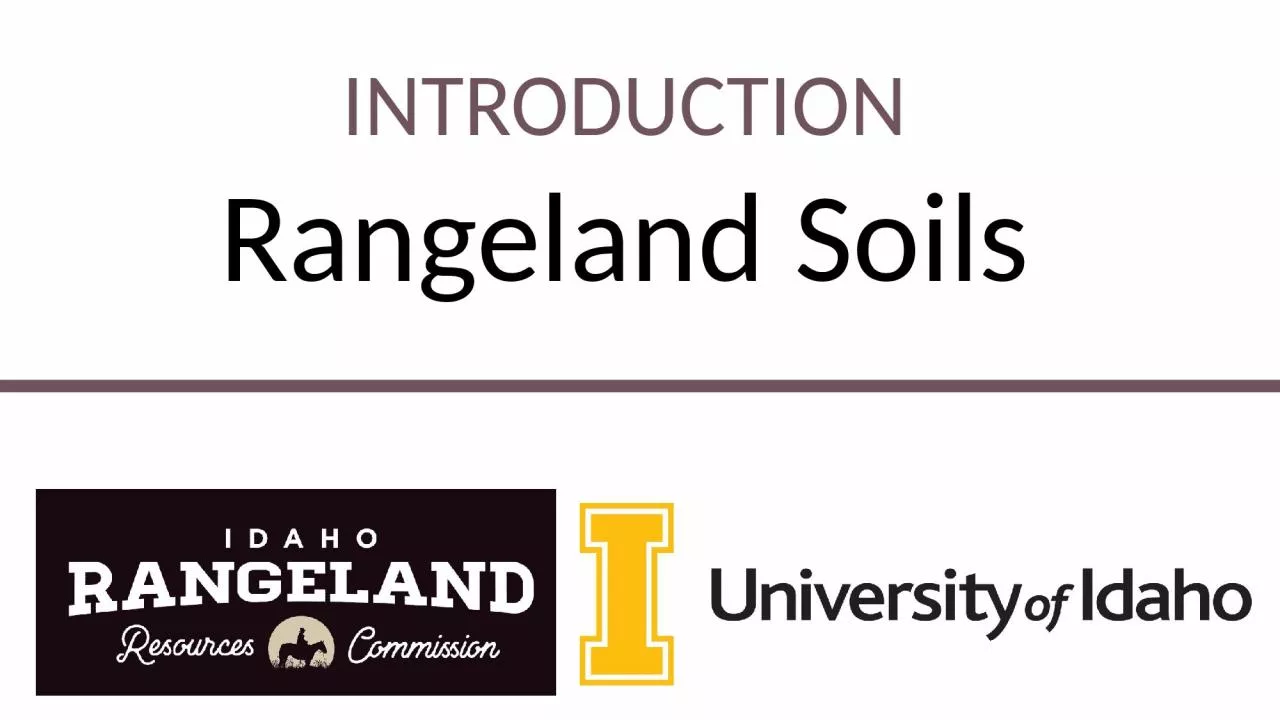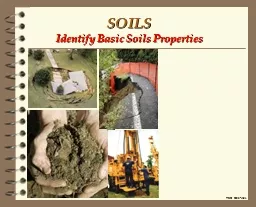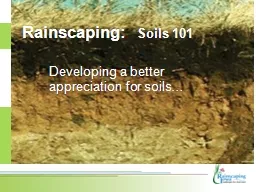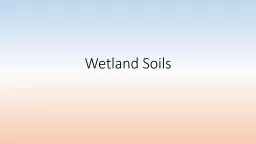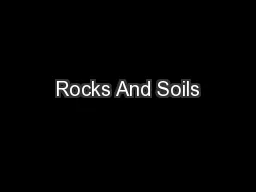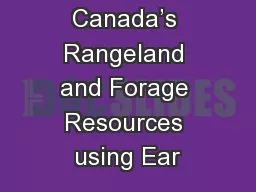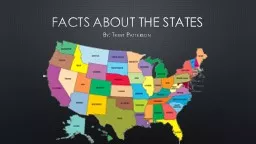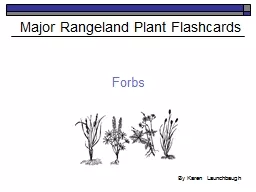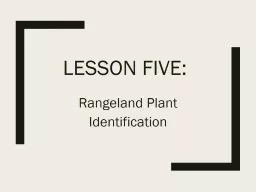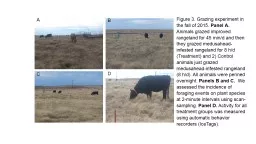PPT-INTRODUCTION Rangeland Soils
Author : piper | Published Date : 2023-10-30
The texture of a soil depends upon the proportion of sand silt and clay that are in the soil The texture and soil structure how the soil particles are arranged
Presentation Embed Code
Download Presentation
Download Presentation The PPT/PDF document "INTRODUCTION Rangeland Soils" is the property of its rightful owner. Permission is granted to download and print the materials on this website for personal, non-commercial use only, and to display it on your personal computer provided you do not modify the materials and that you retain all copyright notices contained in the materials. By downloading content from our website, you accept the terms of this agreement.
INTRODUCTION Rangeland Soils: Transcript
Download Rules Of Document
"INTRODUCTION Rangeland Soils"The content belongs to its owner. You may download and print it for personal use, without modification, and keep all copyright notices. By downloading, you agree to these terms.
Related Documents

